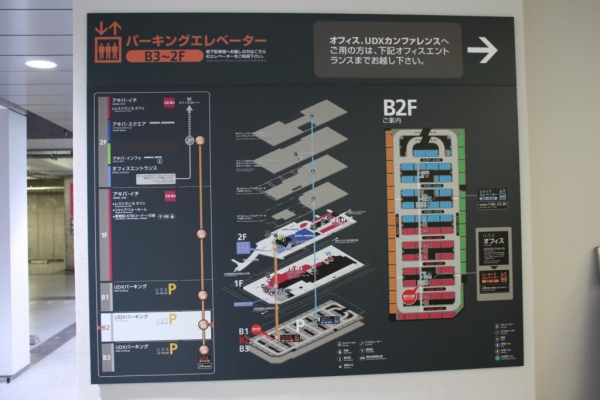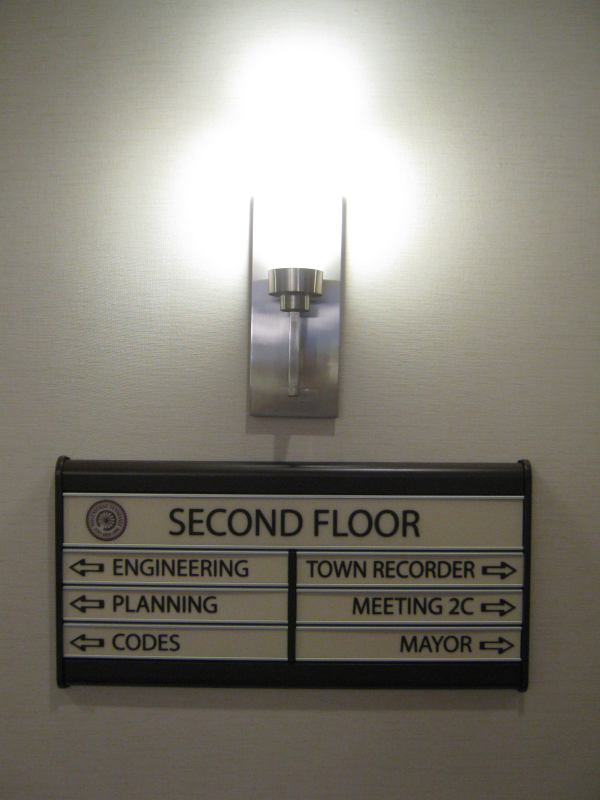Good wayfinding signs are an essential part of an enjoyable customer experience. The signage in your Middle Tennessee business should help visitors quickly find everything they need without ever having to ask for directions. To maximize ease and reduce needless frustration, your wayfinding signs should be:
- Designed from a visitor's perspective - A floor plan isn't an accurate basis for an effective signage system. An expert designer will approach your signage needs from a stranger's perspective at ground level, so even first-time visitors can find their way.
 This is a very detailed and visually interesting 3-D directional sign from Japan (Photo Courtesy of David Issa) but it's not very easy to quickly navigate. Unless the people visiting will understand this kind of layout (i.e. they are engineers!) you may need to go with something simpler.
This is a very detailed and visually interesting 3-D directional sign from Japan (Photo Courtesy of David Issa) but it's not very easy to quickly navigate. Unless the people visiting will understand this kind of layout (i.e. they are engineers!) you may need to go with something simpler.
3. Code compliant - The Americans with Disabilities Act (ADA) requires you to label public areas and exit routes and also states design requirements such as color contrast, letter height and use of raised text or Braille. A professional designer knows the regulations and will keep you compliant.
 The raised lettering and graphics on restrooms signs keep the signs ADA approved.
The raised lettering and graphics on restrooms signs keep the signs ADA approved.
5. Customized to your look - Your indoor signs need to stand out, but they shouldn't clash with your interior design. Customized signs are based on materials, colors and forms that blend seamlessly with your design and the structural elements of your business.
6. Ideally constructed - A professional knows which materials work best in different situations. For example, extruded aluminum is great for long-lasting outdoor signs, whereas PVC sheet is a cost-effective option for temporary signs.

The materials used for this government building wayfinding sign were both cost effective and durable.
The easier you make things for your customers, the more likely they are to come back. For wayfinding signs that make your customers' visits as convenient as possible, contact us at 12-Point SignWorks.



Leave a Reply